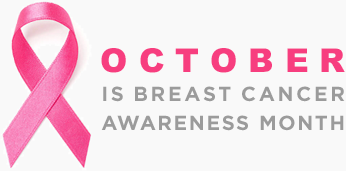Preparing For Your Mammogram
Getting your first mammogram can be stressful. After all, it’s your first one, so you may not know exactly what to expect.
By learning how to prepare for and what to expect from this important cancer screening exam, you can eliminate some of the guesswork. This can make your experience less nerve-wracking.
Our team of compassionate professionals from the front desk office staff to the technologist performing the mammogram will guide you and walk through every step of the process.
Preparing for a Screening Mammogram
Mammograms save lives. Don’t put off your mammogram. For most women, a mammogram is the best way to find breast cancer as early as possible.
Here are some tips and pointers for preparing for your mammogram:
- Schedule your mammogram when your breasts are not tender or swollen to help reduce discomfort and get good images. Try to avoid the week just before your period.
- Discuss any recent changes or problems in your breasts with your health care provider before getting the mammogram.
- On the day of the exam, don’t wear deodorant or antiperspirant. Some of these contain substances that can show up on the x-ray as white spots. If you’re not going home afterward, you might want to bring your deodorant with you to put on after your exam.
- You might find it easier to wear a skirt or pants, so you’ll need to remove only your top and bra for the mammogram.
- If you’re going to a facility for the first time, bring a list of the places and dates of mammograms, biopsies, or other breast treatments you’ve had before.
- If you’ve had mammograms at another facility, try to get those records to bring with you to the new facility (or have them sent there), so the old images can be compared to the new ones.
- Try to go to the same facility every time so your mammograms can easily be compared from year-to-year.
When you arrive for your mammogram, our technologists and staff will ask you a few questions:
- Always describe any breast changes or problems you’re having. Also describe any medical history that could affect your breast cancer risk – such as surgery, hormone use, breast cancer in your family, or if you’ve had breast cancer.
- Before getting any type of imaging test, tell the technologist if you’re breastfeeding or if you think you might be pregnant.
What to Expect During Your Mammogram
- You’ll be asked to undress above the waist to get a mammogram, and will be given a wrap to wear for privacy.
- A technologist will position your breasts for the mammogram. You and the technologist are the only ones in the room during the mammogram.
- To get a high-quality image, your breast will be compressed. The technologist places your breast on the machine’s plate. The plastic upper plate is lowered to compress your breast for a few seconds while the technologist takes a picture. You will then be directed to change position before the next image is taken.
- The whole procedure takes about 10-20 minutes. The actual breast compression only lasts a few seconds each time.
- You might feel some discomfort when your breasts are compressed. We encourage you to tell your technologist if you experience any pain.
- Two views of each breast are taken for a screening mammogram. For some women, such as those with breast implants or large breasts, more images may be needed.
Getting the Results of Your Screening Mammogram
- Patients undergoing screening mammography at our Riverview office may be offered immediate reads at the time of the screening mammogram.
- For all other patients, results will be sent to your physician as soon as possible.
- A small number of patients will be recalled for additional imaging. Sometimes the mammogram might show an area that is questionable and can be resolved with extra imaging.
- If you need to return for additional imaging, our staff will call and schedule you for follow-up imaging as quickly as possible.






